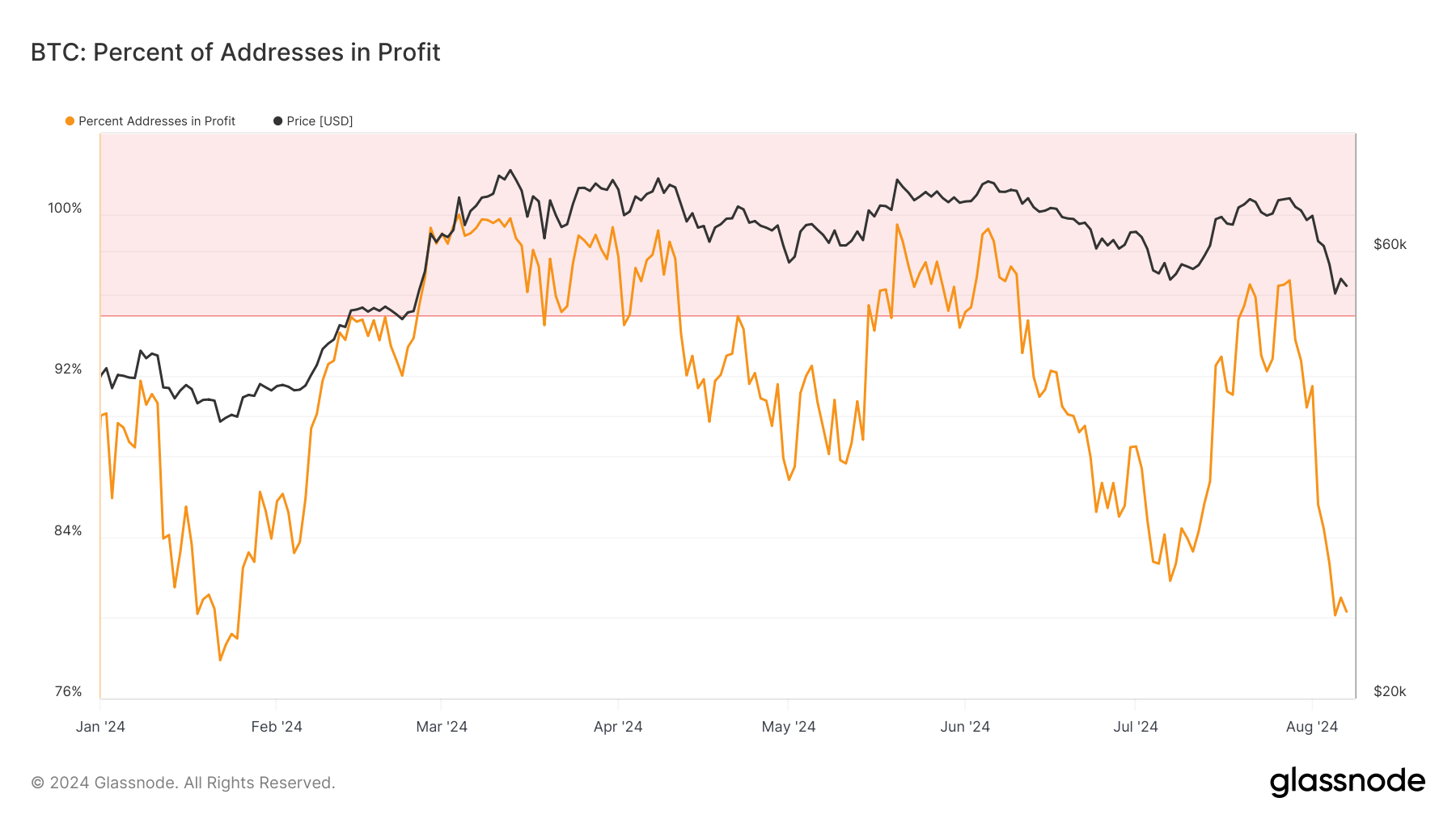When Bill Ackman, the big brain behind Pershing Square Capital Management, throws his two cents into the Bitcoin ring, you better believe it stirs up a storm. Ackman, known for his hedge fund maneuvers, recently laid out a doomsday-esque scenario for Bitcoin that could either be seen as a wild speculative fantasy or a cautionary tale about the cryptocurrency’s potential to rock the global economy to its core.
Ackman’s thought experiment takes us down a rabbit hole where Bitcoin’s value skyrockets beyond belief. This is a scenario where increased Bitcoin mining amps up energy usage, pushes up energy costs, fuels inflation, and weakens the dollar. This vicious cycle propels demand for Bitcoin even higher, leading to more mining and energy consumption. The end game? A global economic collapse triggered by soaring energy prices with Bitcoin sitting at the heart of the chaos. It’s a chilling prediction, to say the least, but Ackman cheekily adds, “Maybe I should buy some Bitcoin.”
The crypto community was quick to engage, including Michael Saylor, the founder and Executive Chairman of MicroStrategy, who reached out directly. Saylor argued against Ackman’s view, suggesting that Bitcoin mining actually helps reduce electricity costs for others. He invited Ackman for a one-on-one discussion so they can talk more on the matter.
Historically, Ackman has kept a distance from the cryptocurrency industry, dabbling only slightly as a “hobbyist investor” in some crypto projects and venture funds back in 2022. His casual interest didn’t prevent him from observing Bitcoin’s significant comeback by the end of 2023. The cryptocurrency surged 172% to around $43,000, outperforming many traditional investments. By March, it has made not one but two new all-time highs.
This surge in Bitcoin’s value has had the community in a chokehold, with predictions of its price reaching $100,000. They view it as a solid asset against inflation and economic uncertainty, comparable to gold. However, this optimism isn’t universal. Critics warn of its high cost and the potential dangers it poses to uninformed investors.
Prominent skeptics like the late Charles Munger of Berkshire Hathaway and JPMorgan Chase CEO Jamie Dimon have dismissed Bitcoin, labeling it as nothing more than a speculative bubble or a “pet rock.”
Bitcoin’s price movements causes it to be perceived overbought by traditional measures, such as the relative strength index. Yet, its recent gains have been driven by a combination of factors that suggest a more complex influence on global economic trends.
The global economy, on its part, showed resilience in the past year, growing at 2.6% despite a slowdown from the previous year. The United States, with its strong labor market and strong consumer spending, has been a major growth driver. Meanwhile, India’s economic performance continues to impress, fueled by government spending and the potential for further reforms should Prime Minister Narendra Modi’s party win the upcoming elections.
China, on the other hand, is experiencing a structural slowdown, with GDP growth projected to slow in 2024. The country faces challenges in its property sector and seeks to stimulate its economy through infrastructure investments and support for key industries.
Europe’s economic situation remains precarious, with several countries entering technical recessions in 2023. However, there’s cautious optimism for a recovery, driven by moderating inflation and anticipated interest rate cuts.
Even with all of these different economic situations, Bitcoin’s role is still being hotly debated. Its effect on inflation, energy use, and the financial system as a whole is linked to global economic trends. This shows how complicated and often polarizing cryptocurrencies are in today’s economy.





